-
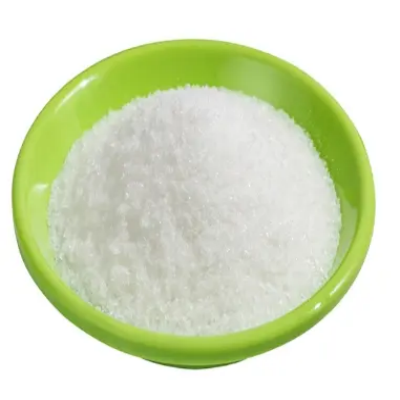
Azlocillin CAS:37091-66-0
Azlocillin is a semisynthetic penicillin antibiotic belonging to the extended-spectrum penicillin group. It exhibits antibacterial activity against a broad range of Gram-negative and some Gram-positive bacteria by inhibiting bacterial cell wall synthesis. Azlocillin is commonly used in clinical settings for treating severe infections caused by susceptible organisms, particularly in hospital or healthcare-associated settings.
-
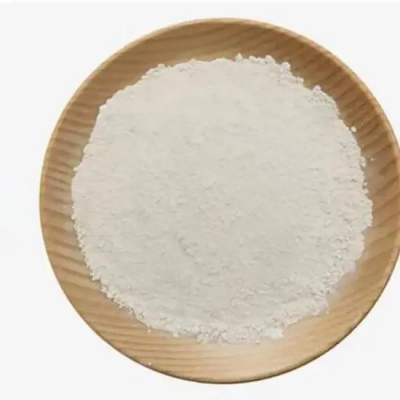
Apramycin Sulfate CAS:65710-07-8
Apramycin sulfate is a broad-spectrum aminoglycoside antibiotic known for its efficacy against various bacterial pathogens. It belongs to the aminoglycoside class of antibiotics and is commonly used in veterinary medicine to treat infections in livestock. Apramycin sulfate works by inhibiting protein synthesis in susceptible bacteria, making it a valuable option for combating bacterial infections in animals.
-
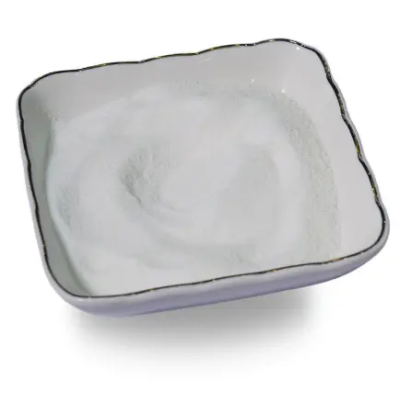
Azithromycin dihydrate CAS:117772-70-0
Azithromycin dihydrate is a formulation of the broad-spectrum macrolide antibiotic azithromycin, commonly used to treat bacterial infections. It works by inhibiting protein synthesis in susceptible bacteria, exerting bacteriostatic activity against a wide range of pathogens. Azithromycin dihydrate offers the convenience of once-daily dosing and a favorable pharmacokinetic profile, making it a popular choice for various respiratory, skin, and soft tissue infections.
-
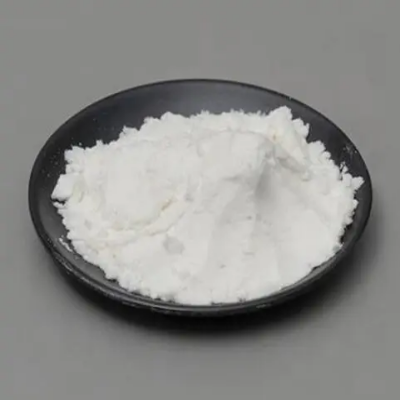
Ampicillin trihydrate CAS:7177-48-2
Ampicillin trihydrate is a derivative of ampicillin, a broad-spectrum penicillin antibiotic used to treat bacterial infections. As the trihydrate form, it enhances the stability and solubility of ampicillin, making it suitable for various pharmaceutical formulations. Ampicillin trihydrate exerts its bactericidal effects by inhibiting bacterial cell wall synthesis, making it an essential antibiotic in combating a wide range of infections.
-
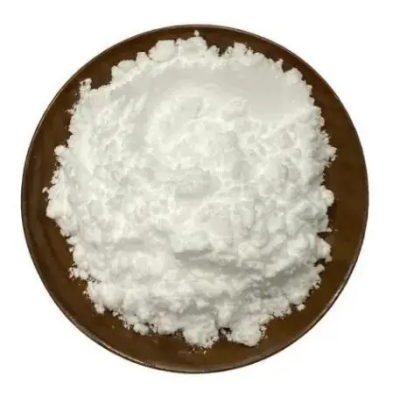
Trimethylorthobutyrate CAS:43083-12-1
Trimethylorthobutyrate is an organic compound featuring a molecular structure with three methyl groups attached to the ortho position of a butyrate group. It is commonly employed as a versatile reagent and intermediate in organic synthesis due to its unique reactivity and functional group compatibility. This compound plays a significant role in the preparation of various fine chemicals and pharmaceutical intermediates.
-
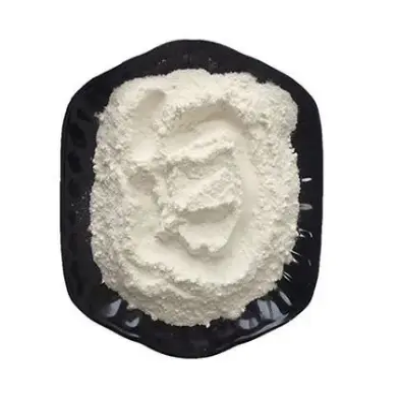
Trimethylorthovalerate CAS:13820-09-2
Trimethylorthovalerate is an organic compound known for its molecular structure containing three methyl groups attached to the ortho position of a valerate group. It is commonly utilized as a versatile reagent and intermediate in organic synthesis due to its unique reactivity and functional group compatibility. This compound plays a significant role in the preparation of various fine chemicals and pharmaceutical intermediates.
-
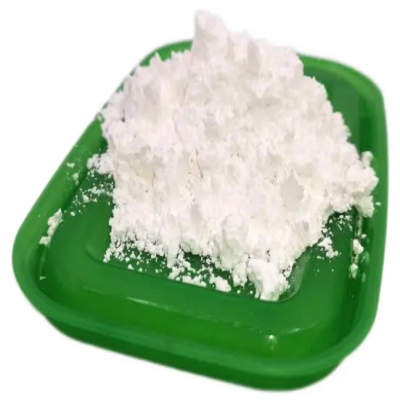
triethylorthobenzoate CAS:1663-61-2
Triethylorthobenzoate is an organic compound characterized by its molecular structure containing three ethyl groups attached to the ortho position of a benzoate group. It is commonly utilized as a versatile building block in organic synthesis reactions due to its reactivity and functional group compatibility. This compound plays a significant role in the preparation of various fine chemicals and pharmaceutical intermediates.
-
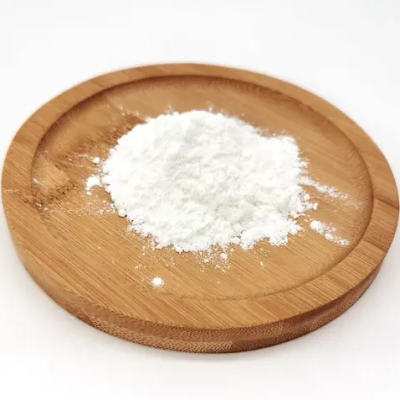
Trimethylorthopropionate CAS:24823-81-2
Trimethylorthopropionate is an organic compound characterized by a molecular structure with three methyl groups attached to the ortho position of a propionate group. It is commonly utilized as a versatile reagent and intermediate in organic synthesis due to its unique reactivity and functional group compatibility. This compound plays a significant role in the preparation of various fine chemicals and pharmaceutical intermediates.
-

Tetraethylorthocarbonate CAS:78-09-1
Tetraethylorthocarbonate is an organic compound with a molecular structure containing four ethyl groups attached to the ortho position of a carbonate group. It is commonly used as a reagent and intermediate in organic synthesis due to its versatile reactivity and functional group compatibility. This compound plays a significant role in the preparation of various fine chemicals and pharmaceutical intermediates.
-
![6,6-Dimethyl-3-oxabicyclo[3.1.0]hexane-2,4-dione CAS:67911-21-1](https://cdn.globalso.com/xindaobiotech/B7BHTM43TKFHZ0EB3TY45.png)
6,6-Dimethyl-3-oxabicyclo[3.1.0]hexane-2,4-dione CAS:67911-21-1
6,6-Dimethyl-3-oxabicyclo[3.1.0]hexane-2,4-dione is a chemical compound with the molecular formula C7H8O3. It belongs to the class of bicyclic compounds and exhibits unique structural features. This compound is known for its potential applications in organic synthesis and as a building block for the preparation of diverse functionalized molecules due to its intriguing ring system.
-

5-bromo-1-penten CAS:1119-51-3
5-Bromo-1-pentene, with the molecular formula C5H9Br, is an organic compound belonging to the class of pentenes and containing a bromine substituent on the fifth carbon of the pentene chain. This compound possesses unique reactivity and structural properties, making it valuable in various chemical transformations and organic synthesis. Known for its potential as a versatile building block, 5-bromo-1-pentene serves as a key intermediate in the preparation of diverse compounds with specific functional groups and stereochemical characteristics.
-
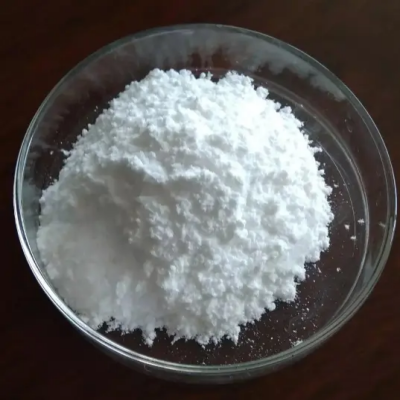
4-Hydroxyphenethylalcohol CAS:501-94-0
4-Hydroxyphenethylalcohol, with the chemical formula C8H10O2, is an organic compound containing a hydroxyl group attached to a phenethyl moiety. This compound exhibits aromatic and alcohol properties, making it valuable in various chemical applications and organic transformations. Known for its structural versatility, 4-Hydroxyphenethylalcohol serves as a key intermediate in the synthesis of diverse compounds with specific functional groups.

